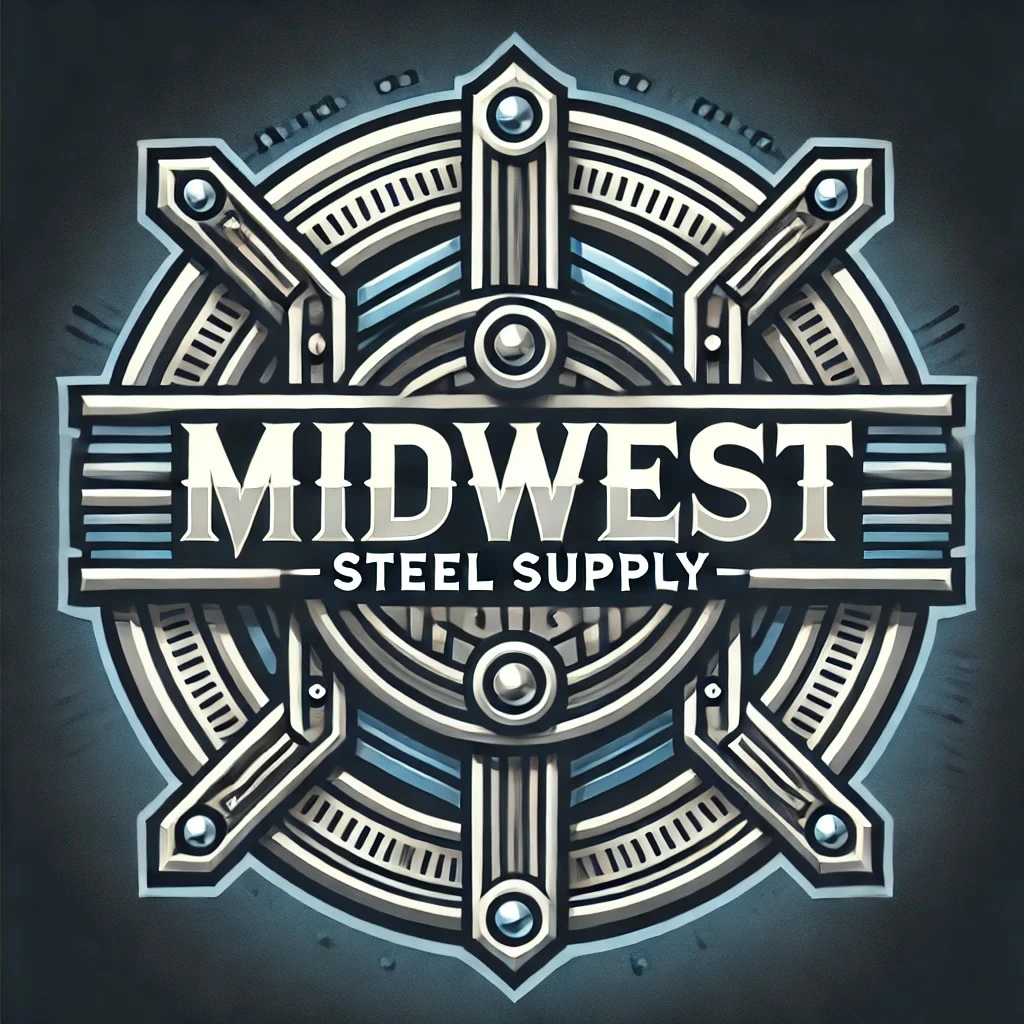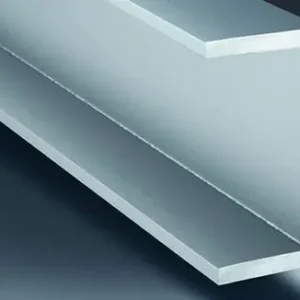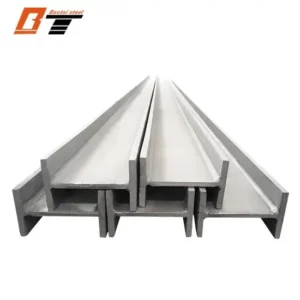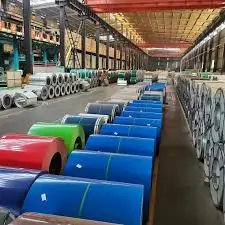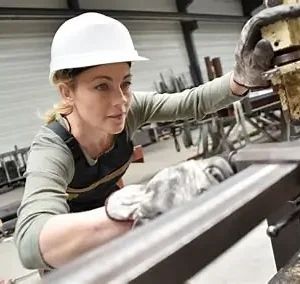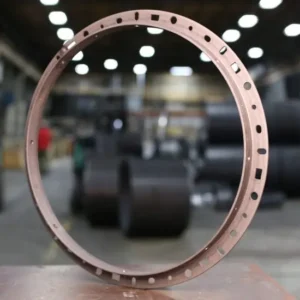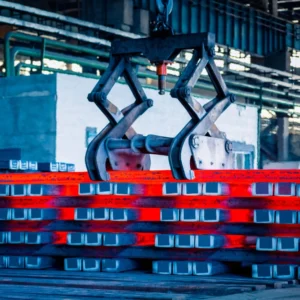EN10025 S420, EN10025 S460, S420M plate Properties, Applications, and 2025 Price Overview
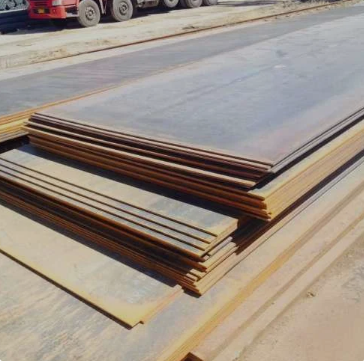
Introduction
EN10025 S420, EN10025 S460, S420M plate Structural steel is the foundation of modern engineering — from bridges and buildings to offshore platforms and industrial frameworks. As demands for stronger, lighter, and more efficient structures continue to grow, higher-strength steels have become increasingly important. Among them, EN10025 S420 and EN10025 S460 represent advanced high-strength structural steels widely used across Europe and international markets.
Within this family, S420M plate is a particularly popular choice, offering excellent mechanical strength, weldability, and toughness for heavy-duty applications. This article explores the composition, mechanical properties, uses, and 2025 market pricing of EN10025 S420, EN10025 S460, and S420M plate, helping engineers and buyers make informed material decisions.
Understanding EN10025 Structural Steel Grades
The EN10025 standard, established by the European Committee for Standardization (CEN), defines structural steels for hot-rolled products. It includes several parts:
-
EN10025-2: Non-alloy structural steels (e.g., S235, S275, S355)
-
EN10025-3: Normalized/normalized rolled fine-grain structural steels (e.g., S275N, S355N, S420N, S460N)
-
EN10025-4: Thermomechanically rolled steels (e.g., S355M, S420M, S460M)
The grades S420 and S460 belong to the high-strength fine-grain structural steel category, offering yield strengths of 420 MPa and 460 MPa respectively. They are ideal for projects demanding superior load-bearing capacity without significantly increasing steel weight.
EN10025 S420: Overview and Properties
EN10025 S420 steel is a high-strength, weldable fine-grain structural steel with a nominal minimum yield strength of 420 MPa. It is designed for applications where strength, toughness, and reliability are critical.
Chemical Composition (Typical Limits)
| Element | Content (%) |
|---|---|
| Carbon (C) | ≤ 0.20 |
| Manganese (Mn) | ≤ 1.70 |
| Silicon (Si) | ≤ 0.60 |
| Phosphorus (P) | ≤ 0.035 |
| Sulfur (S) | ≤ 0.035 |
| Niobium, Vanadium, Titanium (micro-alloying) | ≤ 0.12 total |
These micro-alloying elements refine grain structure and enhance strength without sacrificing ductility or weldability.
Mechanical Properties
| Property | S420N | S420M |
|---|---|---|
| Yield Strength (≤16 mm) | 420 MPa | 420 MPa |
| Tensile Strength | 520–680 MPa | 520–680 MPa |
| Impact Energy | 27 J @ -20°C | 27 J @ -50°C |
| Elongation | ≥15% | ≥15% |
The S420M variant, produced by thermomechanical rolling, delivers enhanced toughness and weldability compared to the normalized (N) version. It performs better in cold environments and high-stress conditions.
EN10025 S460: Overview and Properties
EN10025 S460 steel offers a minimum yield strength of 460 MPa, making it one of the strongest grades in the EN10025 range. It is commonly used in bridge structures, offshore platforms, cranes, and large welded components where weight reduction and high load-bearing capacity are priorities.
Chemical Composition (Typical)
| Element | Content (%) |
|---|---|
| Carbon (C) | ≤ 0.22 |
| Manganese (Mn) | ≤ 1.70 |
| Silicon (Si) | ≤ 0.60 |
| Phosphorus (P) | ≤ 0.030 |
| Sulfur (S) | ≤ 0.030 |
| Niobium/Vanadium/Titanium | ≤ 0.12 total |
Mechanical Properties
| Property | S460N | S460M |
|---|---|---|
| Yield Strength (≤16 mm) | 460 MPa | 460 MPa |
| Tensile Strength | 540–720 MPa | 540–720 MPa |
| Elongation | ≥14% | ≥14% |
| Charpy V-Notch Impact | 27 J @ -20°C (N) | 27 J @ -50°C (M) |
The S460M version, like S420M, is thermomechanically rolled to optimize toughness, fine-grain structure, and weldability. This makes it ideal for critical structural elements subject to dynamic or low-temperature service.
What Is S420M Plate?
S420M plate refers to thermomechanically rolled EN10025-4 structural steel plates with a yield strength of 420 MPa. These plates are engineered for heavy-duty fabrication and load-bearing applications that demand both strength and structural integrity.
Key Characteristics of S420M Plate
-
High Strength: Enables lighter, thinner components without compromising load performance.
-
Excellent Weldability: Low carbon equivalent (Ceq ≤ 0.45) allows easy welding without preheating.
-
Fine-Grain Structure: Ensures consistent toughness and resistance to brittle fracture.
-
Enhanced Low-Temperature Performance: Charpy impact energy guaranteed at –50 °C.
-
Superior Dimensional Control: Plates are available in thicknesses from 6 mm to 150 mm, with widths up to 3,000 mm.
S420M plates are commonly used in offshore structures, pressure vessels, bridges, cranes, and high-rise buildings.
Applications of EN10025 S420, EN10025 S460, and S420M Plate
These steels are used in projects where higher yield strength translates to reduced material weight and increased efficiency. Typical applications include:
-
Bridges and Viaducts: Lightweight yet strong plates and beams for long spans.
-
Offshore Platforms: Superior weldability and toughness against harsh marine conditions.
-
High-Rise Buildings: Structural frameworks requiring reduced steel tonnage.
-
Cranes and Booms: Lighter components with high lifting strength.
-
Pressure Vessels and Pipelines: Strength and toughness under pressure.
-
Heavy Engineering Machinery: Frames, booms, and load-bearing arms.
S420M Plate Price and Market Trends (2025)
As of 2025, global market data shows that S420M plate and similar high-strength steels trade at a premium compared to standard S355 grades. The approximate pricing is summarized below.
| Region | Typical Price Range (per metric ton, USD) |
|---|---|
| Europe | 950 – 1,250 |
| United States | 1,000 – 1,300 |
| China | 780 – 950 |
| India | 800 – 1,000 |
| Middle East | 850 – 1,150 |
These prices are indicative for S420M plates of common thicknesses (10–50 mm), ex-works or FOB. Actual prices vary depending on order size, mill origin, freight cost, and value-added services (cutting, testing, or certification).
Price Comparison (2025)
| Grade | Typical Price Range (USD/ton) |
|---|---|
| S355 | 800 – 1,050 |
| S420M | 950 – 1,250 |
| S460M | 1,000 – 1,300 |
Although S420M and S460M plates cost more per ton, their higher yield strength (420–460 MPa) means less material is needed to achieve the same load-bearing capacity — often resulting in overall project cost savings.
Factors Influencing S420M and S460 Price
-
Raw Material Costs:
Prices of iron ore, coking coal, and scrap steel directly impact finished plate cost. -
Alloying Elements:
Micro-alloyed steels (with Nb, V, Ti) use expensive elements, raising production costs slightly compared to carbon-manganese steels. -
Energy and Production Efficiency:
Thermomechanical rolling requires precise temperature and pressure control, adding manufacturing complexity and cost. -
Thickness and Plate Size:
Thicker plates (>50 mm) or nonstandard dimensions cost more per ton due to longer rolling times and lower yield. -
Market Demand:
Increased infrastructure and energy-sector projects raise demand for high-strength plates. -
Freight and Logistics:
Shipping heavy plates contributes significantly to total landed cost, particularly for exports. -
Currency Exchange and Tariffs:
Import duties and exchange-rate shifts influence regional pricing.
S420 vs. S460: How to Choose the Right Grade
| Property | S420 | S460 |
|---|---|---|
| Yield Strength | 420 MPa | 460 MPa |
| Tensile Strength | 520–680 MPa | 540–720 MPa |
| Ductility | Slightly higher | Moderate |
| Cost | Lower | Higher |
| Typical Use | General heavy structures | Bridges, offshore, dynamic loads |
S420M is often chosen when cost and fabrication ease are priorities, while S460M is favored for maximum strength and weight reduction in high-load or safety-critical structures.
Example Cost Analysis
Let’s assume an order of S420M plates, 20 mm thick, 100 tons, imported from Europe to a Middle Eastern project site.
-
Base FOB price: USD 1,000 / ton
-
Freight & insurance: + USD 100 / ton
-
Import duty (5%): + USD 55 / ton
-
Inland delivery: + USD 25 / ton
Delivered cost: ≈ USD 1,180 / ton
Thus, while base prices may appear moderate, total delivered cost depends heavily on logistics and local tariffs.
Market Outlook (2025–2026)
The global market for high-strength structural steels is expected to grow steadily, driven by:
-
Increasing demand for lighter, stronger structures
-
Expansion of renewable energy projects (wind towers, offshore platforms)
-
Infrastructure upgrades in Europe, India, and the Middle East
Price stability is forecast through 2025, with potential upward adjustments (3–5%) due to energy costs and alloy price fluctuations.
Conclusion
EN10025 S420 and EN10025 S460 steels represent the evolution of modern structural engineering — delivering superior strength, toughness, and efficiency for demanding projects. Among them, S420M plate, produced through thermomechanical rolling, stands out for its combination of high yield strength (420 MPa), fine-grain toughness, and exceptional weldability.
In 2025, the S420M plate price typically ranges from USD 950 to 1,250 per ton, depending on region, mill origin, and order volume. Despite its higher per-ton cost compared to S355, the reduction in total steel tonnage and improved performance make S420M one of the most cost-effective materials for heavy structural applications.
Whether for bridges, offshore platforms, or high-rise buildings, EN10025 S420 and S460 steels continue to define the standards for strength, safety, and sustainability in global construction and engineering.
